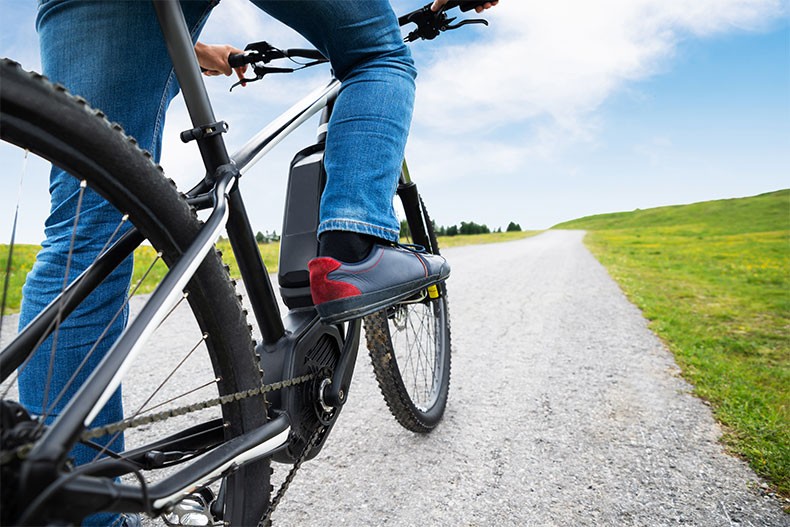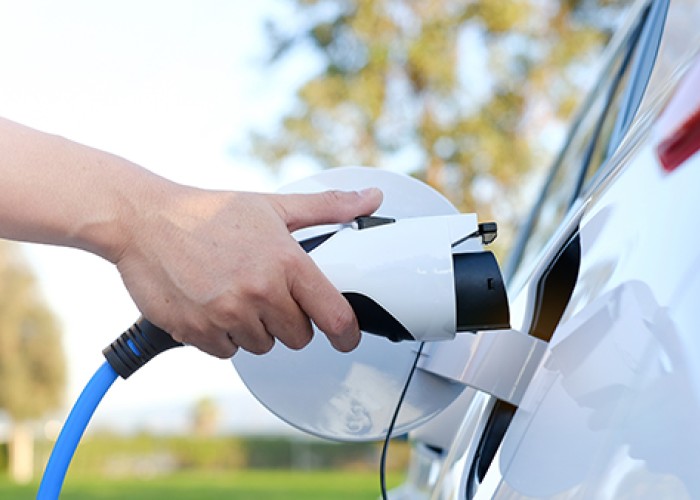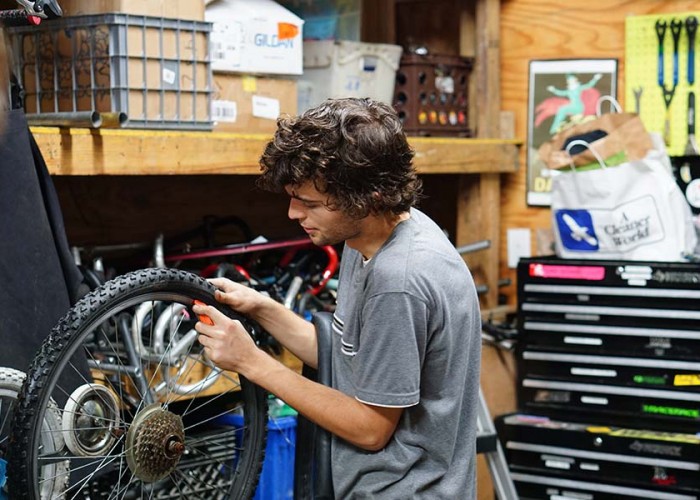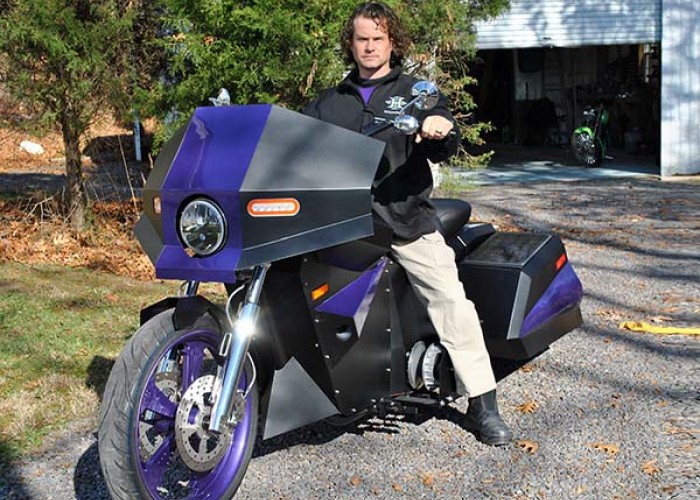Electric Bicycles Open Up Possibilities
Tips to keep in mind before using an e-bike
By MeLinda SchnyderThe limits of battery-powered e-bikes are becoming less every day as the qualities of what makes them special reach more people. If you’re thinking of renting an e-bike on your next vacation or trying before buying one, here’s what to expect before you take your first ride.
E-bike basics
Electric bicycles don’t look much different than traditional bikes, but a small electric motor, battery and control panel sits on the frame. These can be as much as 20 pounds heavier than regular bicycles, which offer a great workout for those who opt to turn off the riding assist feature on e-bikes.
Types of e-bikes
Power plants, batteries, riding ranges and features vary among the brands and models, but there are three standard classes of e-bikes. Class 1 has a motor you can set to assist you as you pedal and maxes out at 20 miles per hour. Class 2 also reaches 20 mph, but has a throttle-powered mode which does not require pedaling. Finally, Class 3 bikes are pedal-assist only, reaching 28 mph.
Consider your skill level
When being outfitted for an e-bike, consider your ability and the type of riding you’re planning to do (road or trail, hills or flat ground, short or long commutes). Outfitters use that information to determine which size and style of e-bike to recommend. Rides should start with an introduction to the equipment, a proper fitting and a short practice ride in a controlled space. If your outfitter doesn’t offer this, ask for it.
Find out where you can ride safely and legally
You should follow the same bicycling safety precautions as with a traditional bicycle. Riding by at 20 mph can startle a pedestrian, so be considerate while riding on trails with others. You’ll also need to research where you’re allowed to ride an e-bike. If you’re renting, ask the outfitter about areas motorized bikes aren’t allowed, and check to see if the outfitter has restrictions on the bikes, such as whether you can take it into sand. Regulations are different in every state, city or land manager.
Know battery and charging safety
The lithium-ion batteries that power devices like e-bikes and scooters must be used properly to avoid overheating — when the batteries are poorly made or charged too long, they can cause fires. The New York City Fire Department issued a bulletin addressing the issue, providing this advice:
- Only buy or rent e-bikes that are certified by a nationally recognized testing laboratory (look for symbols such as UL, ETL and CSA).
- Use the original battery, power adapter and power cord supplied with the device, or a manufacturer-recommended and/or a testing laboratory-certified replacement.
- Plug the e-bike directly into a wall outlet when charging (not an extension cord), and charge in a safe area, like a garage. Make sure there are no other nearby combustibles, and consider adding a smoke detector where the e-bike will be charged.
- Monitor the e-bike or e-bike battery when it is being charged.
About the Author
MeLinda Schnyder, a freelance journalist who has written for electric co-op publications, contributed to this article.-
Ride on!
-
Share this story:







